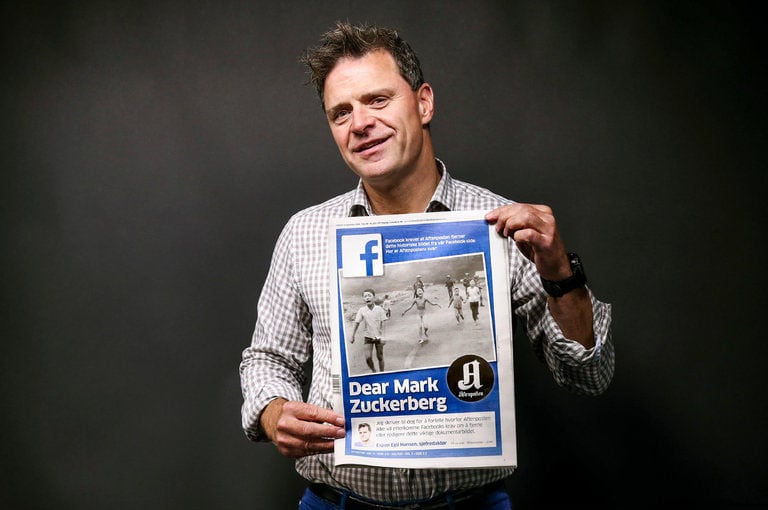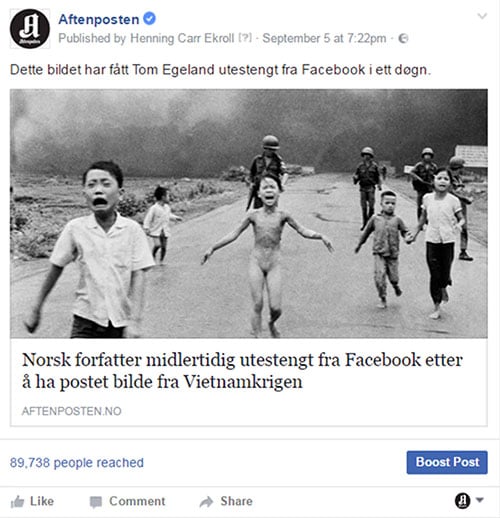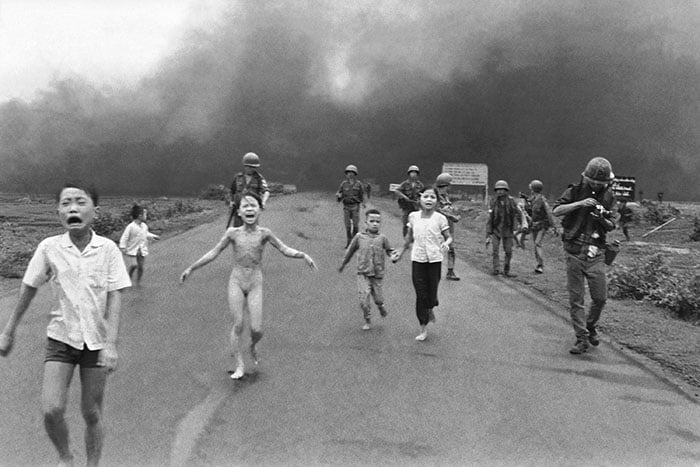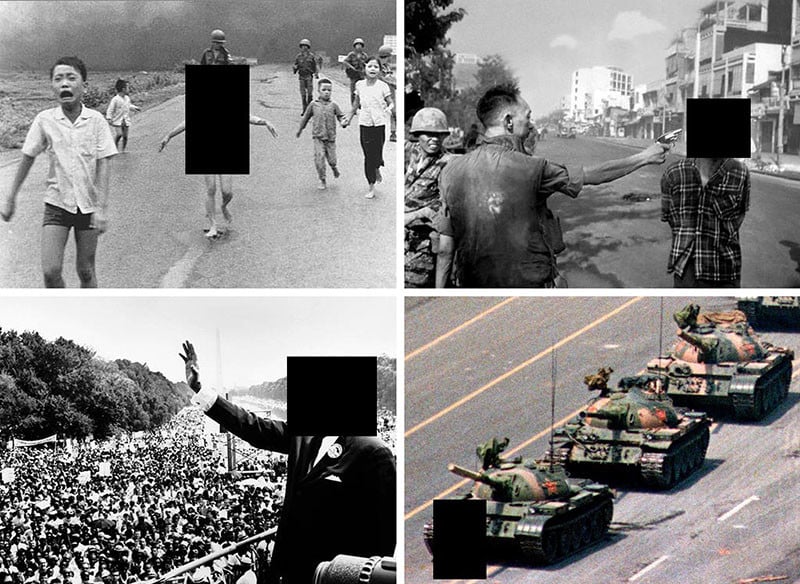Facebook Censors Iconic ‘Napalm Girl’ Photo Because… Nudity
![]()
Facebook is being slammed by Norway’s largest newspaper after the social network deleted a post showing the iconic Vietnam War ‘Napalm Girl’ photo because the shot contains nudity.
“I am writing this letter to inform you that I shall not comply with your requirement to remove a documentary photography from the Vietnam war made by Nick Ut,” Hansen writes to Facebook founder and CEO Mark Zuckerberg. “Not today, and not in the future.”

Hansen writes that Facebook emailed the newspaper on Wednesday, demanding that it remove the photo from its Facebook page. The original post was about 7 photos that changed the history of warfare. Less than 24 hours later, before the paper had time to respond, Facebook deleted the photo and shared article from Aftenposten‘s page.

The author, Tom Egeland, was then reportedly censored by Facebook after protesting the deletion and sharing criticism by Kim Phuc, the woman who appears as the naked, burned girl in the photo from 44 years ago.
As the largest social network on Earth, Facebook is increasingly relied on by publications around the world to distribute content to readers. This means that Zuckerberg has become something of a kingmaker in the world of news.
“Listen, Mark, this is serious,” Hansen says. “First you create rules that don’t distinguish between child pornography and famous war photographs. Then you practice these rules without allowing space for good judgement. Finally you even censor criticism against and a discussion about the decision – and you punish the person who dares to voice criticism.”

Hansen argues that as one of the most iconic photos from the Vietnam War, Nick Ut’s photo — officially known as “The Terror of War” — changed public perception and helped end the war.
“This is how a democracy must function,” Hansen argues.
Norwegian prime minister Erna Solberg also criticized Facebook today, saying the company also deleted the same photo from her page. She also shared a set of famous historical photos in which the subject in each shot is censored with a black box:

“What Facebook does by removing images of this kind, good as the intentions may be, is to edit our common history,” Solberg writes. “I want my children and other children to grow up in a society where history is taught as it was. Where they can learn from historical events and mistakes.”
“Today, pictures are such an important element in making an impression, that if you edit past events or people, you change history and you change reality.”
In response to the mounting criticism, Facebook says that policing sensitive photos is a difficult task, and it’s working to improve its policies.
“While we recognize that this photo is iconic, it’s difficult to create a distinction between allowing a photograph of a nude child in one instance and not others,” the company says in a statement. “We try to find the right balance between enabling people to express themselves while maintaining a safe and respectful experience for our global community.”
“Our solutions won’t always be perfect, but we will continue to try to improve our policies and the ways in which we apply them.”
P.S. We interviewed photographer Nick Ut about his iconic photo back in 2012.
Image credits: “The Terror of War” photograph by Nick Ut/Associated Press